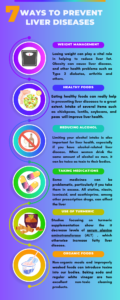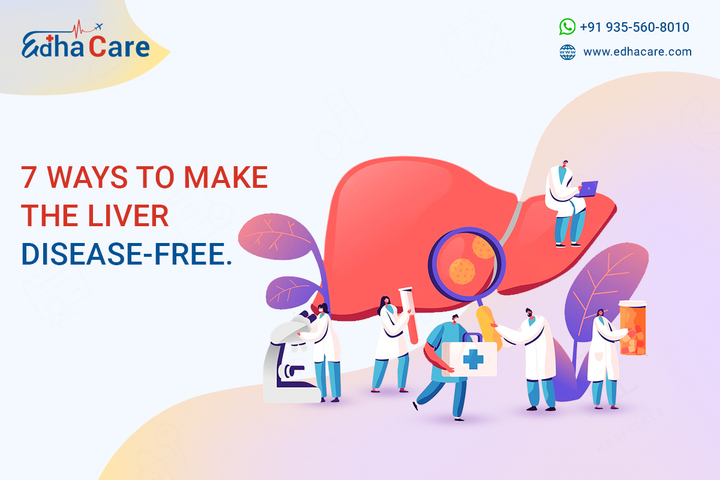Several types of liver diseases can be caused by infections, inherited conditions, obesity, and misuse of alcohol. With time, liver disease may cause scarring and many more serious complications. The term “liver disease” refers to any of several conditions that can affect and damage your liver. Over time, liver disease can cause cirrhosis. The term “liver disease” states any of the numerous conditions that can affect and damage your liver. More than 100 million U.S. citizens have some type of liver disease, and the huge majority don’t know it, according to the American Liver Foundation. The first line of treatment for NAFLD is weight loss, through a combination of calorie reduction, exercise, and healthy eating.
Symptoms of Liver Disease
There are some liver diseases (which include non-alcohol fatty liver disease) that rarely cause symptoms. However, for other conditions, the most common symptom is jaundice — a yellowing of your skin and the whites of your eyes. The condition of jaundice develops when the liver can’t clear a substance known as bilirubin. Some types of liver disease can increase your risk of developing liver cancer. Others, if left untreated, continue to damage your liver. Cirrhosis (scarring) develops. With time, a damaged liver will not have enough healthy tissue to function. Liver disease that isn’t treated can eventually lead to liver failure.
Prevalence of Liver Disease
Around one in ten U.S. citizens (30 million in total) have some type of liver disease. About 5.5 million people in the U.S. have chronic liver disease or cirrhosis. Different types of liver disease are becoming more common in the U.S. as they are related to increasing rates of obesity. An estimated 20% to 30% of adults have excess fat in their liver which develops a condition called non-alcohol-related fatty liver disease (NAFD). This may be also known as metabolic-associated fatty liver disease (MAFLD). It reflects its relationship to metabolic syndrome and conditions such as diabetes, high blood pressure, high cholesterol, and obesity.
-
Common Liver Disease
NAFLD has been recognized as the most common liver disorder worldwide. It is estimated that approximately 25% of the global population has NAFLD. This estimate includes both non-alcoholic fatty liver (NAFL) and non-alcoholic steatohepatitis (NASH), the more severe form of the disease.
-
Regional Overview
In terms of regional overview, the prevalence of NAFLD varies across different regions and countries. Generally, regions with higher rates of obesity and metabolic syndrome tend to have a higher prevalence of NAFLD. This includes countries in North America, Europe, the Middle East, and parts of Asia.
-
Overview in Asia
Several studies suggest that Asia has a high prevalence of NAFLD, particularly in countries such as China, India, and South Korea. The incidence rates for NAFLD in Asia range from 15% to as high as 30%, depending on the population and diagnostic criteria used. NAFLD is also highly prevalent in North America and Europe. In the U.S., it is estimated that about 25-30% of the population has NAFLD. In Europe, prevalence rates vary across countries but generally fall within the range of 20-30%. The Middle East has been reported to have a high incidence of NAFLD, likely due to factors such as a high prevalence of obesity, diabetes, and sedentary lifestyles. Specific prevalence figures for different countries in the region may vary, but estimates suggest rates similar to or higher than those in North America and Europe. The prevalence of NAFLD in South America and Africa is relatively limited. However, emerging studies indicate an increasing prevalence in these regions, paralleling the rise in obesity rates and the adoption of a Westernized lifestyle.
Ways to Improve Liver or Prevent Diseases
It has been observed that three of the major causes of liver disease are obesity, excessive alcohol consumption, and viral hepatitis. In several cases, one can prevent liver disease by adopting a healthier lifestyle and avoiding these causes.
Here are seven ways to look after your liver and help avoid the onset of disease.
1. Weight Management
Even those who are only slightly overweight run the risk of developing non-alcoholic fatty liver disease (NAFLD) due to a fatty liver. Reducing liver fat can be greatly aided by weight loss. In addition to heart disease, Type 2 diabetes, arthritis, and some malignancies, obesity can also result in liver disease. According to a 2010 study by the National Centre for Biotechnology Information (NCBI), 65% of obese adults with BMIs over 30 and 85% of those with BMIs over 40 had non-alcoholic fatty liver disease (NAFLD).
2. Intake of Healthy Foods
Eating healthy foods can help in preventing liver diseases to a great extent. For instance, a 2021 study found that eating spinach particularly lowered the risk of NAFLD, possibly because of the nitrate and distinct polyphenols found in the leafy green. A scientific overview of diet and liver disease states that legumes such as chickpeas, lentils, soybeans, and peas are not only nutritionally dense foods but also contain resistant starches that help improve gut health.
3. Taking Care of the Medications
Some medicines can be problematic, particularly if you take them in excess. Acetaminophen, which is found in Tylenol and several prescription painkillers and cold and flu pills, as well as aspirin, ibuprofen, and naproxen, are examples of over-the-counter medications that might harm the liver if used excessively or for an extended period of time. Vitamin harm can occur even at high dosages. All statins, niacin, valproic acid, halothane, isoniazid, phenytoin, and azathioprine, among other prescription drugs, can affect the liver.
4. Usage of Non-Toxic Products and Organic Foods
Homes, schools, and workplaces can develop into harmful environments if non-natural cleaning solutions, pesticides, and other aerosol agents are utilized. Non-organic meals and improperly washed foods can potentially introduce toxins into our bodies, such as pesticide and herbicide residues. Growing research suggests that glyphosate is believed to be safe for use in the house, and can harm the liver. To support your liver, use natural alternatives whenever possible. Baking soda and regular white vinegar are two excellent non-toxic cleaning products.
5. Reducing Alcohol
Limiting your alcohol intake is also important for liver health, especially if you have alcohol-related liver disease. When women drink the same amount of alcohol as men, it can be twice as toxic to their bodies. Cutting down on alcohol will highly reduce the toxicity in people and will help in preventing liver diseases.
6. Increase in unsaturated fat intake
Replacing sources of saturated fat such as fatty cuts of meat, butter, sausages, and cured meats with unsaturated fat sources such as avocados, olive oil, nut butter, and fatty fish may be helpful for those with NAFLD. Because of this, Mediterranean diet is sometimes recommended for individuals suffering from NAFLD. It helps in reducing total cholesterol its focus is on foods containing unsaturated fat.
7. Managing the Chronic Conditions
Several conditions such as high blood pressure, diabetes, and high cholesterol are major risk factors for fatty liver disease. Keeping these parameters under reasonable control with diet can help limit and prevent liver damage. Smoking has been associated with liver cancer. It can also improve the toxic effects that some medications leave on the liver.
Prevention of liver diseases in a flash:

Conclusion
Liver diseases are growing rapidly with each passing decade. Several measures need to be taken care of, including the food intake of people. There are numerous food items that are considered to improve liver health. Limiting sugary items, intake of healthy foods, doing exercise regularly, the inclusion of turmeric in diet, and many others will eventually lead to an increase in liver health.

